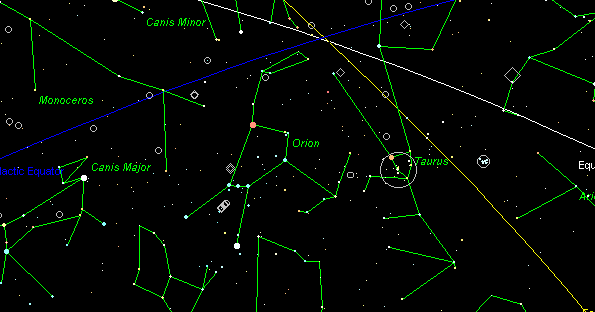
Did you know:
* that Osiris means “seat of the eye”.
* that the constellation associated with Osiris, Orion, stands at the corner of a great celestial eye, being the intersection of the ecliptic and the galactic planes?
* The ancient Egyptians were aware of the importance of the Orion Sagittarius axis. Orion marks the outer edge of the galaxy (Milky Way) and Sagittarius marks the centre of the galaxy.

Over thousands of years, as the Vernal Point progressed through the region of sky occupied by Orion, this constellation gradually began to disappear from this prominent position. By the age during which the Great Pyramids were built in the mid Fifth millenium BC, be was being reborn in the western sky around sunset at the spring Equinox. It was thus that Osiris gradually assumed the role of Khenti-Amentiu (the Foremost of the Westerners and the Lord of the Dead). During this same era, Orion stood erect at its culminating point at sunrise of the summer solstice when the Egyptians celebrated New Year’s Day and also at midnight of the autumn equinox when, as the resurrected Osiris, he was upright in his full glory. It was during this time that Orion (Osiris) assumed the role of god of the Inundation, at a time when the midnight and dawn alignments on the meridian coincided with the season of Inundation.
In later Egyptian history, he was also rising in the east, at sunset, as the winter solstice drew near. Thus he came to be identified with the season of coming forth and growing vegetation.
These findings are the original work of Alison Moroney and were first published in her book Pathway to Atlantis(1998). Astronomical drawing generated by Skychart III.
Copyright © Alison Moroney, 1994